#Shropshire England
Explore tagged Tumblr posts
Text

‘Beautiful’ Roman Mosaic Depicting Dolphins and Fish Uncovered in England
A rare 2,000-year-old mosaic depicting dolphins and fish in still-bright colours has been uncovered in a Roman city in Shropshire, English Heritage has said.
Archaeologists found it while carrying out excavations looking for the main civic temple at Wroxeter, one of the best preserved examples of a Roman city in Britain.
The experts behind the dig said the discovery, along with a large number of small finds including coins and pottery, would help them date the various phases of the city and the activities which took place.
Wroxeter, previously known as Viriconium, was established in the 90s AD. It was once as large as Pompeii in Italy, with a civic bath house, market place, county hall and judicial centre as well as more than 200 houses.
The excavation was a collaboration between English Heritage, the University of Birmingham, Vianova Archaeology and Heritage Services, and Albion Archaeology.





They opened trenches near the city forum to find the main civic temple based on geophysical surveying showing a walled precinct.
It uncovered a large monumental building on the city’s main road, as well as a shrine or tomb which may have honoured an important individual in Wroxeter’s earliest history, experts said.
They found the mosaic soon after the city was established, and depicts dolphins and fish in bright colours still visible today, along with a painted plaster wall on one side which survives to knee height.
The archaeologists say it would have been commissioned by a wealthy and important person.
Win Scutt, senior properties curator at English Heritage, said: “Although much of Wroxeter is unexcavated, geophysical surveys have helped us understand the layout of the city and we were aware that to the north of the forum there was another large civic building, almost certainly the main civic temple, buried underground. “Our excavations were in hope of discovering the walls of this building, but we never suspected we would find a beautiful and intact mosaic, which had lain hidden for thousands of years.


“This discovery, alongside a large number of small finds such as coins and pottery, will go a long way in helping us to date the various phases of the city and indicate the kinds of activities that were taking place.
“It’s always an astonishing moment when you uncover a fragment of beauty hiding just below the ground.”
The area of the excavation has now been reburied for its protection and preservation, English Heritage said.

#‘Beautiful’ Roman Mosaic Depicting Dolphins and Fish Uncovered in England#Shropshire England#Wroxeter Roman City#Viroconium#mosaic#ancient mosaic#ancient artifacts#archeology#archeolgst#history#history news#ancient history#ancient culture#ancient civilizations#roman history#roman empire#roman art#ancient art#art history
46 notes
·
View notes
Text

Camping beside an idyllic stream in the village of Llanfair Waterdine.
Shropshire, England
1987
#vintage camping#campfire light#england#shropshire#Llanfair Waterdine#history#camping#road trips#travel#backpacking#1980s
441 notes
·
View notes
Text
"In west England, a series of hills cloaked in heather and wildflowers are the target of a national restoration project that is already seeing success.
Similar to the story GNN reported on last week about the rewilding along the south coast and South Downs National Park, Sussex, volunteers are seeding old hay fields with native wildflowers and replanting traditional hedgerows to ensure wildlife can move freely through the region.
The region is called the Shropshire Hills, which by British law is designated an Area of Outstanding Natural Beauty, and is managed and controlled so this beauty can endure. But while the area is indeed beautiful, the valley between the sections of hills known as Long Mynd and Stiperstones has for decades been under heavy hay cultivation, with farmers plowing up meadows and planting fast-growing commodity grasses.
As part of a project by the UK’s National Trust called Stepping Stones, volunteers have been working with landowners and local councils to turn some of these meadows back over to the wildlife, creating corridors of habitat to allow species like the bilberry bumblebee, pine marten, and curlews to move freely from hilltop to valley floor and back to hilltop.
Charlie Bell, project manager for Stepping Stones, told the BBC that the project is one part of an overall mission that aims to restore 97% of meadows that have been lost in the UK over the last 100 years.
“Many old meadows have been plowed up and re-seeded with more productive mixes of grasses,” she told the national broadcaster. “Fertilizers are often added to increase the growth of these dominant productive grasses, at the expense of finer grass species and wildflowers.”
Jinlye Meadows, on the Long Mynd side of the valley, is now thriving with native wildflower species like mountain pansy, and volunteers have recorded the area is thriving with bilberry bumblebees which are rare and in decline.
In particular, the meadows were covered last year in yellow rattle, also known as the “meadowmaker,” a key part of Ms. Bell’s strategy for restoring meadows. This native species attaches itself to the roots of grasses, slowing, but not sabotaging, their growth. This allows not only the flower to grow, but space for all manner of other flowers to grow as the grasses’ growth is [slowed down]."
youtube
-Article via Good News Network, July 11, 2024. Video via NT Midlands, June 19, 2023.
#meadow#shropshire#england#uk#united kingdom#rewilding#nature#ecosystem restoration#conservation news#wildflowers#pansies#bees#bumblebees#good news#hope#Youtube#save the bees
549 notes
·
View notes
Text

Shropshire, England by Susan Rushton
#shropshire#england#pink roses#roses#rose#pink flowers#nature#flowers#garden#spring#nature aesthetic#petitworld
504 notes
·
View notes
Text
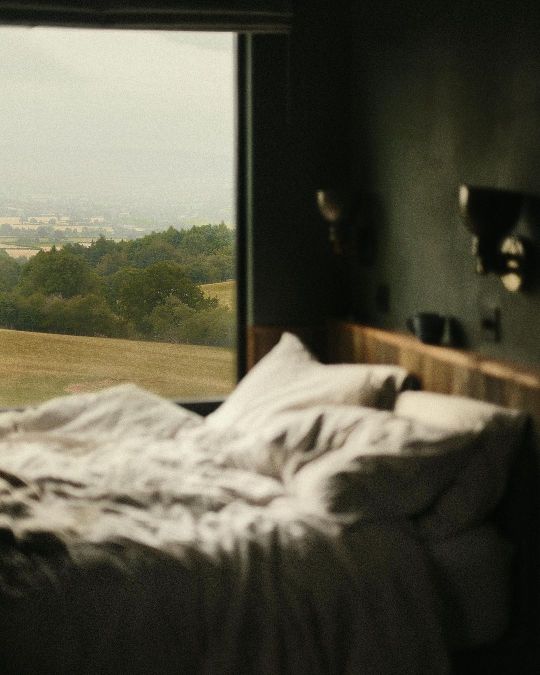

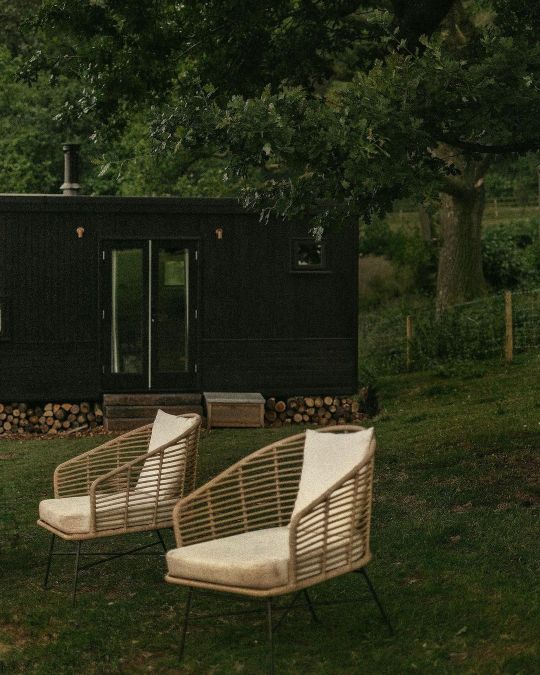


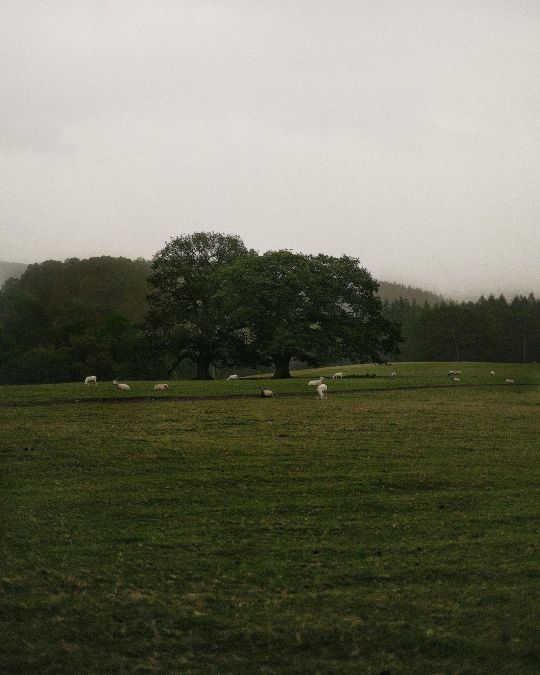
Instagram credit: polly.florence
#Shropshire#England#uk#united kingdom#nature aesthetic#nature vibes#bucolic#books#bookblr#nature#beautiful places#cabin#countryside#countryside life#cosy vibes#cosy aesthetic#cozy aesthetic
1K notes
·
View notes
Text



Atonement (2007)
#2007#gif#film#movie#WWII#Atonement#Keira Knightley#Cecilia Tallis#James McAvoy#Robbie Turner#Romola Garai#Saoirse Ronan#Briony Tallis#Briony#British Expeditionary Force#BEF#Stokesay Court#Onibury#Shropshire#England#Dunkirk#Dunqerque#France
67 notes
·
View notes
Text


Ludlow Castle - Shropshire - England
Ludlow Castle is a ruined medieval fortification in the town of the same name in the English county of Shropshire, standing on a promontory overlooking the River Teme. The castle was probably founded by Walter de Lacy after the Norman Conquest and was one of the first stone castles to be built in England. During the civil war of the 12th century the castle changed hands several times between the de Lacys and rival claimants, and was further fortified with a Great Tower and a large outer bailey. In the mid-13th century, Ludlow was passed on to Geoffrey de Geneville, who rebuilt part of the inner bailey, and the castle played a part in the Second Barons' War. Roger Mortimer acquired the castle in 1301, further extending the internal complex of buildings. Richard, Duke of York, inherited the castle in 1425, and it became an important symbol of Yorkist authority during the Wars of the Roses. When Richard's son, Edward IV, seized the throne in 1461 it passed into the ownership of the Crown. Ludlow Castle was chosen as the seat of the Council of Wales and the Marches, effectively acting as the capital of Wales, and it was extensively renovated throughout the 16th century. By the 17th century the castle was luxuriously appointed, hosting cultural events such as the first performance of John Milton's masque Comus. Ludlow Castle was held by the Royalists during the English Civil War of the 1640s, until it was besieged and taken by a Parliamentarian army in 1646. The contents of the castle were sold off and a garrison was retained there for much of the interregnum. The Castle is open to the public and is under the care of English Heritage
50 notes
·
View notes
Text

Woman living near Ironbridge Power Station eating by candlelight during power cuts in 1972 by David Bagnall.
33 notes
·
View notes
Photo
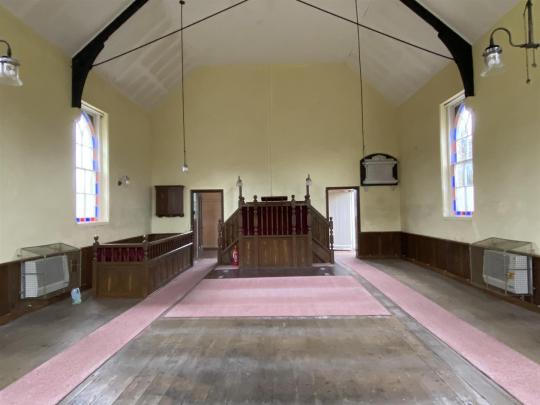
Coxall Baptist Church, Bucknell (Shropshire).
165 notes
·
View notes
Text
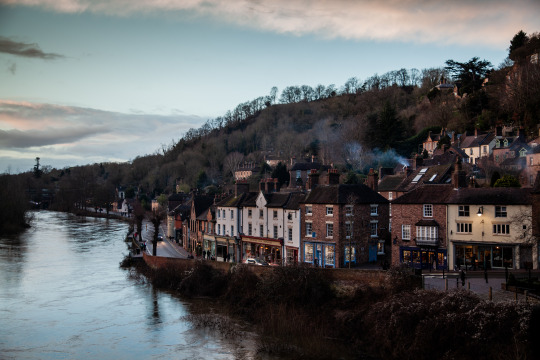
Such a beautiful little village, Ironbridge.
#ironbridge#shropshire#travel destinations#original photographers#photographers on tumblr#landscape#nature#england#britain#winter#adventure#architecture#river
32 notes
·
View notes
Text

Day 2293, 2 October 2024
Honey for sale
Outside a house in Church Stretton, Shropshire
10 notes
·
View notes
Text




(1) (2) (3) (4) by David Burch
Via Flickr:
(1) The railway no longer goes to Bromyard. (2) Sheep in Herefordshire. (3) Snowy view from Clee Hill.
#snow#winter#railroad#bridges#railway bridge#sheep#countryside#landscape#wide sky#england#herefordshire#shropshire#west midlands
14 notes
·
View notes
Text
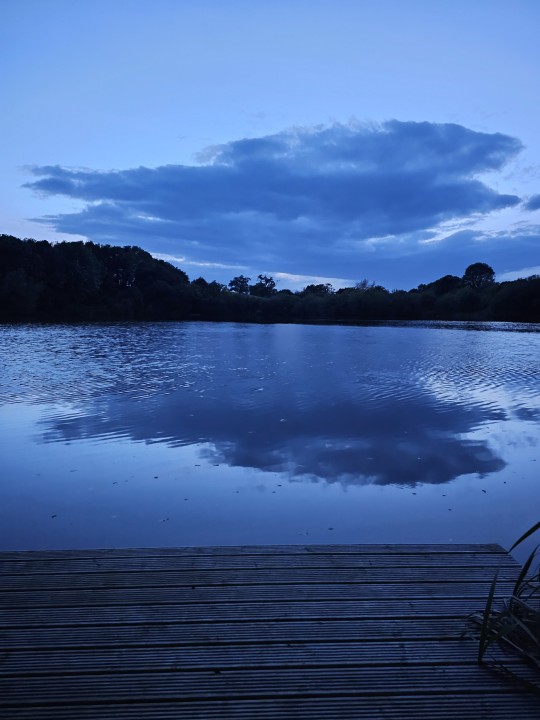
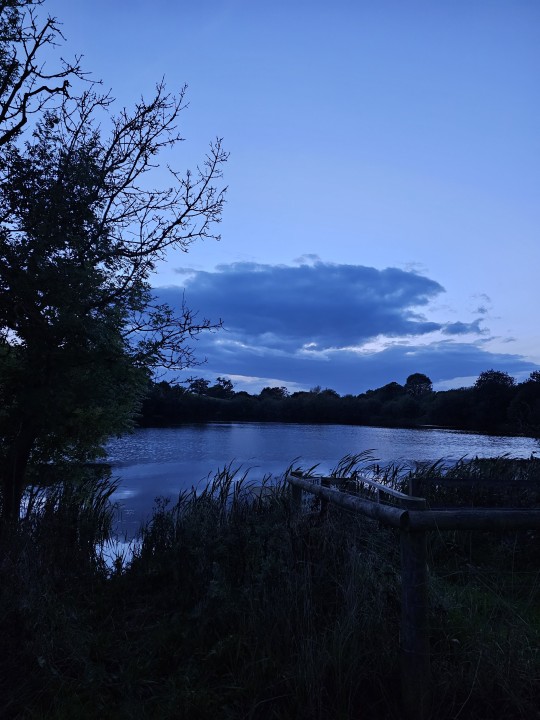
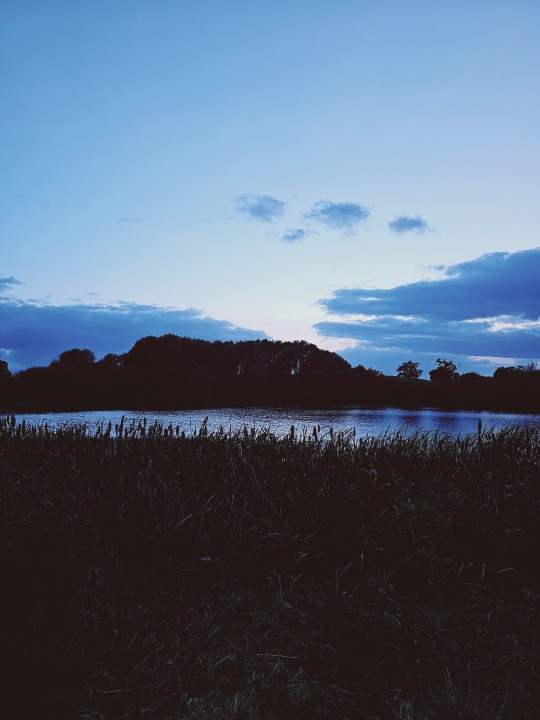
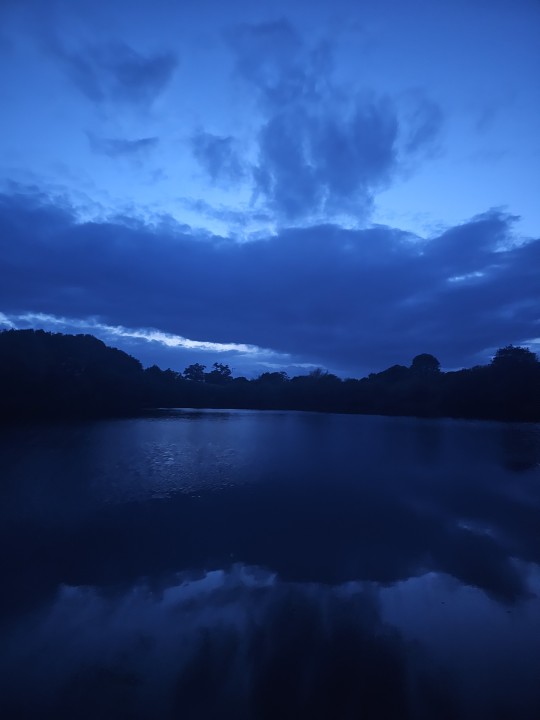
#lake#nature#blue#blue aesthetic#aesthetic nature#nature aesthetic#naturecore#nature photography#night photography#night time#eerie#oddly creepy#oddly terrifying#dark#skies#England#Shropshire#dark skies#trees#woods#woodland#woodland photography
50 notes
·
View notes
Text
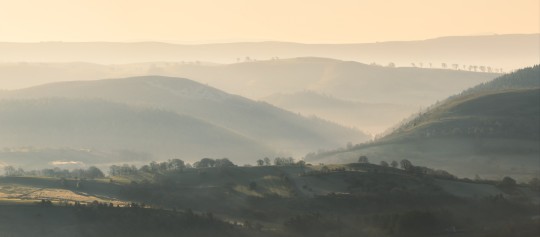
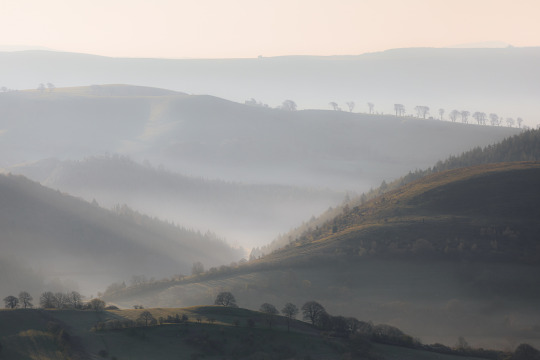
Shropshire Hills by Brad Carr
#Shropshire Hills#Cornden Hill#West Midlands#Welsh border#england#united kingdom#uk#united#kingdom#british#britain#british isles#great britain#isles#foggy#foggy aesthetic#fog#british nature#mother nature#nature#hills#landscape#shropshire#cornden
39 notes
·
View notes
Text

10 notes
·
View notes
Text

10 notes
·
View notes